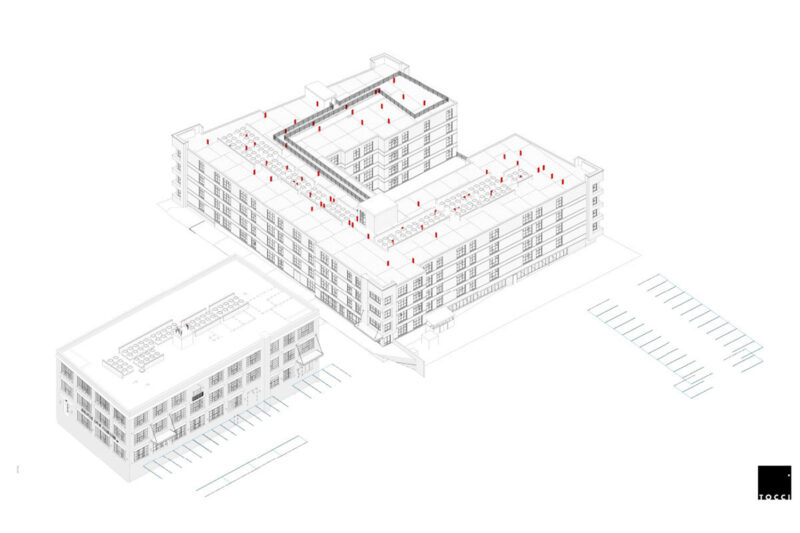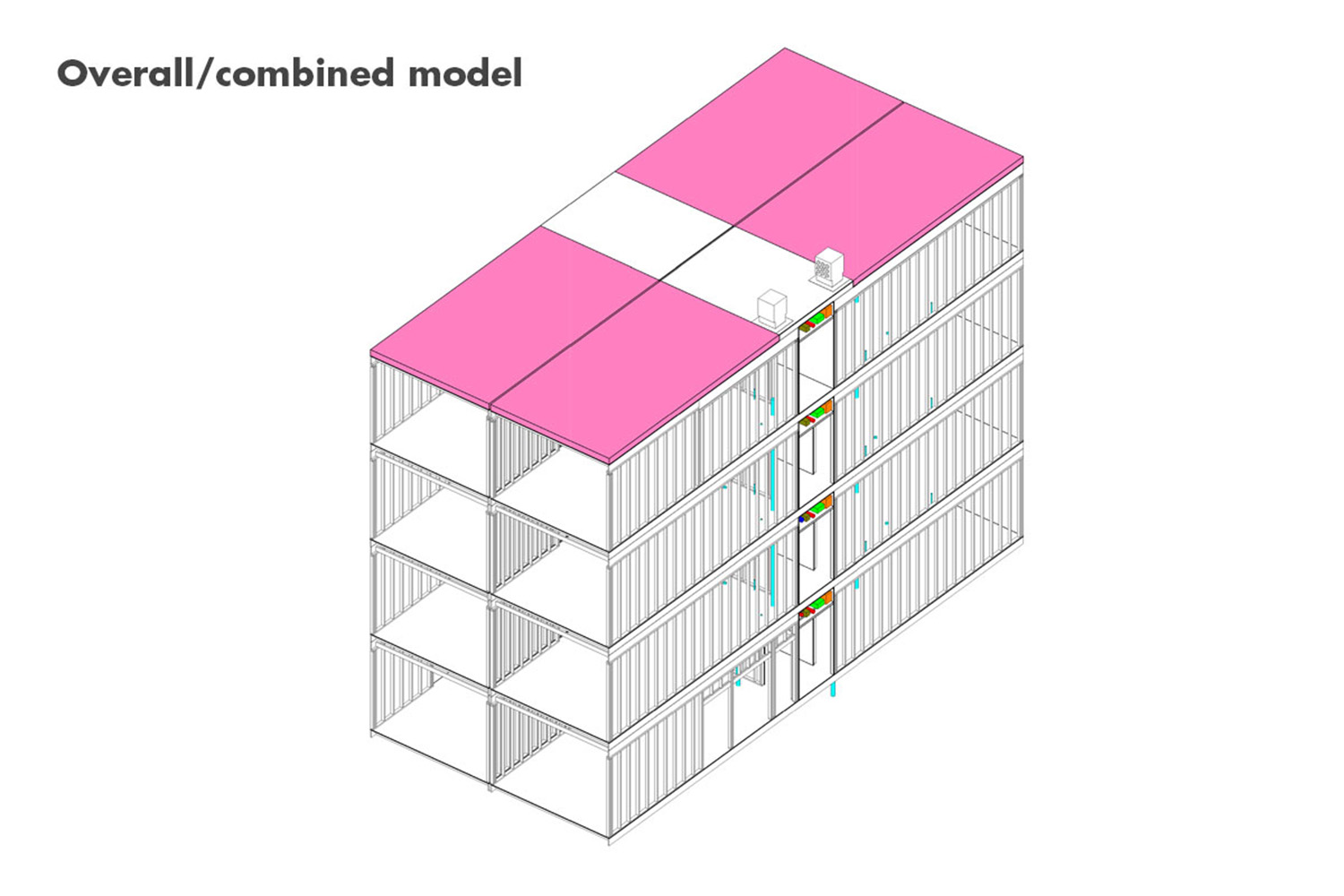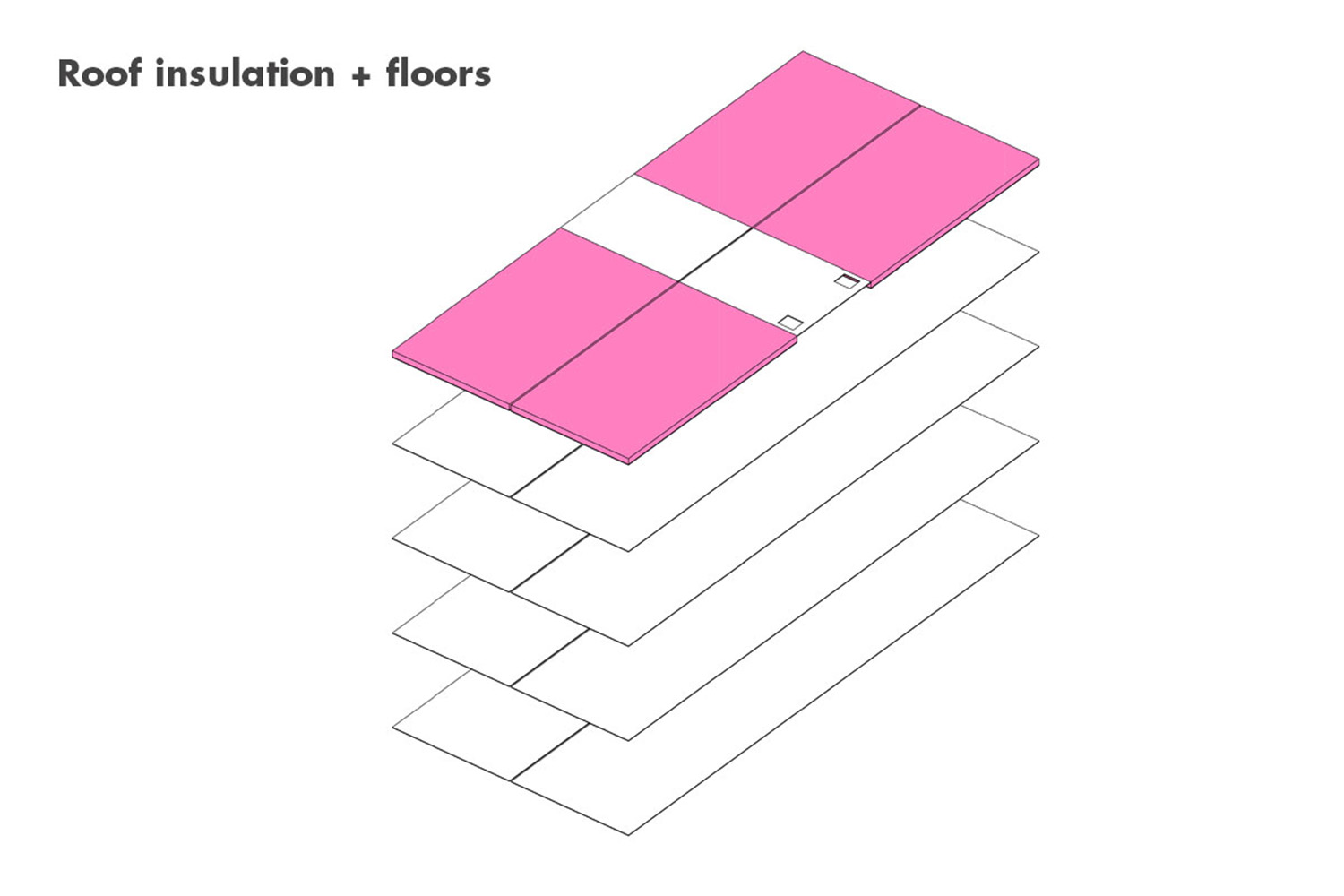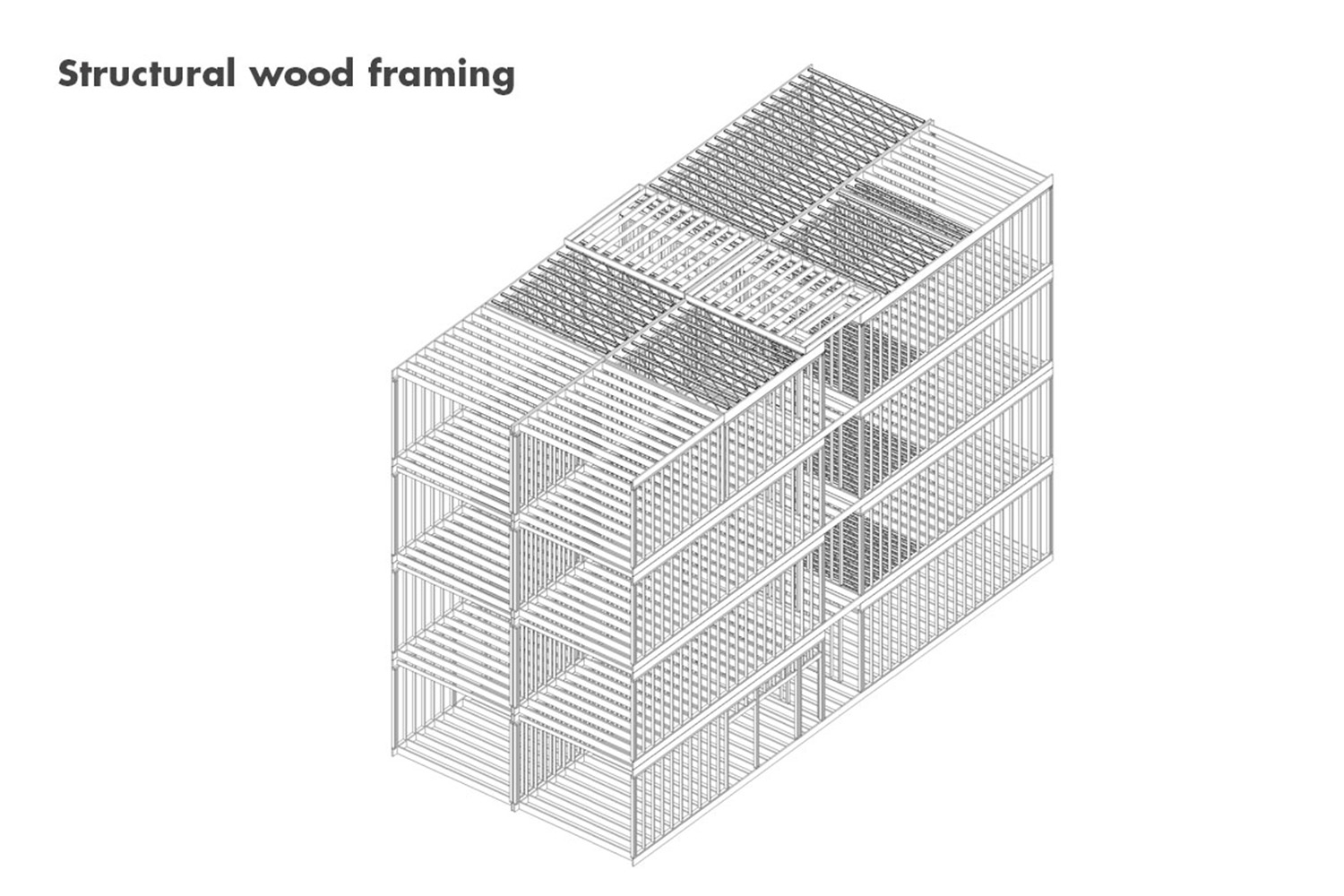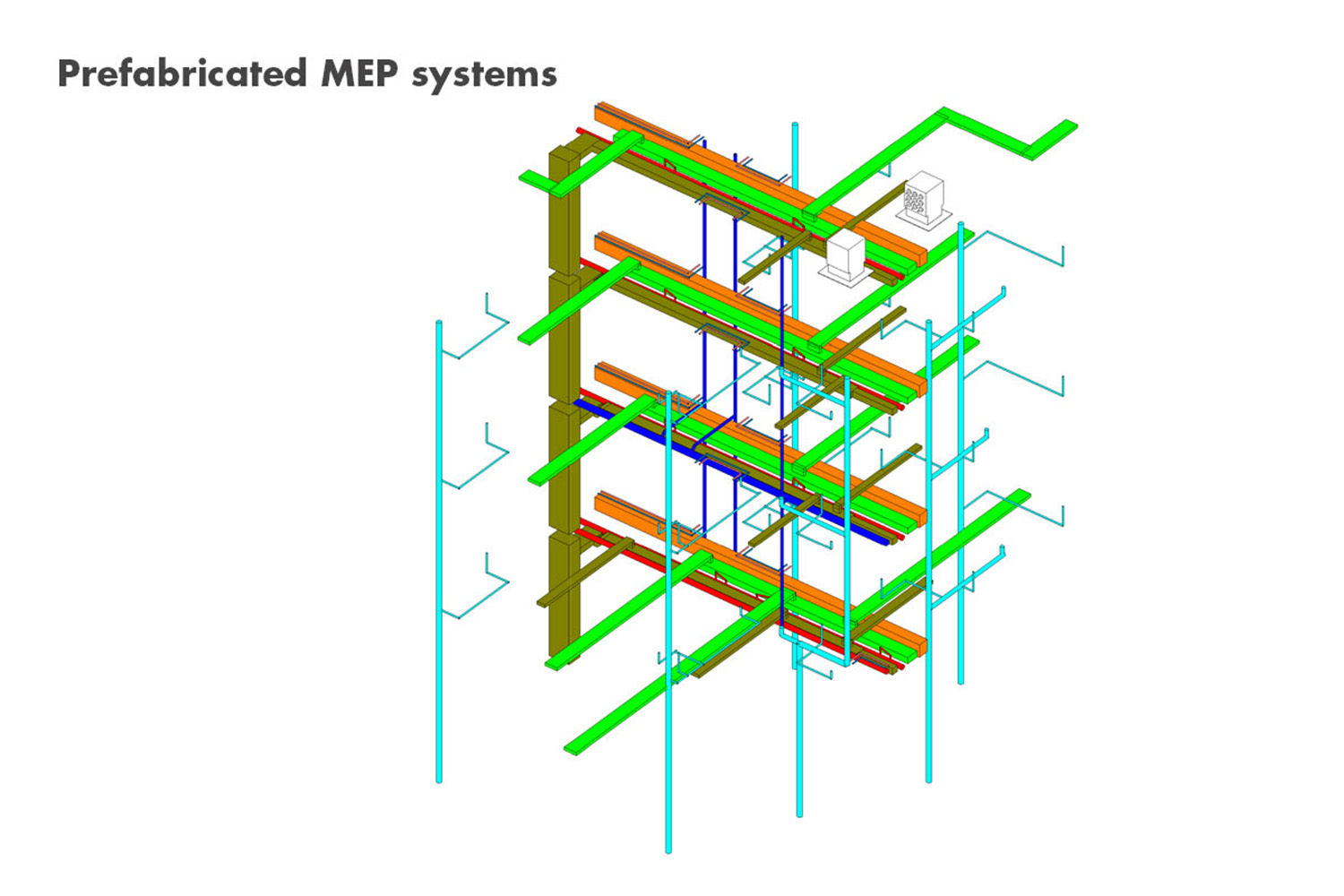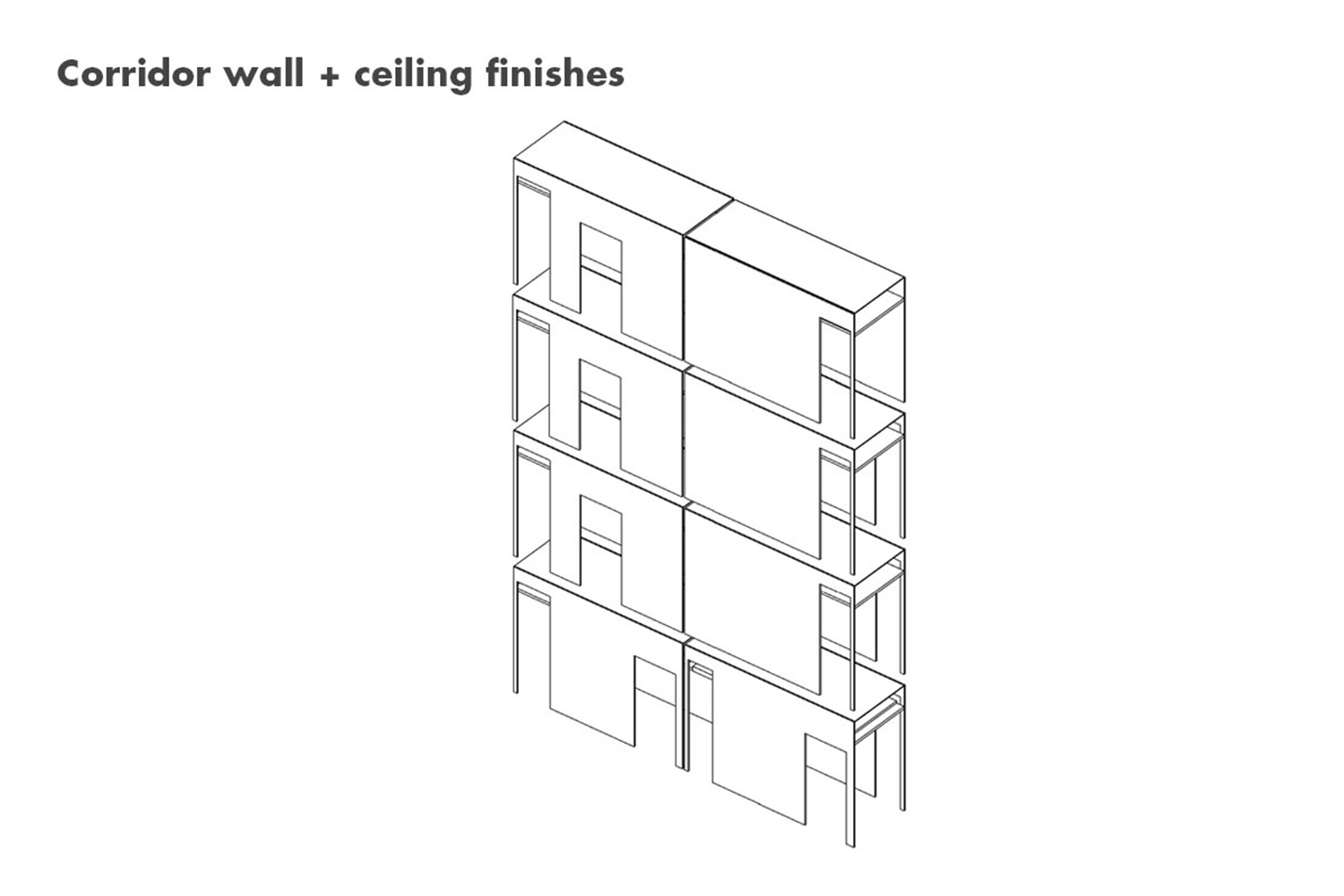11 Key Differences in Traditional v. Modular Construction
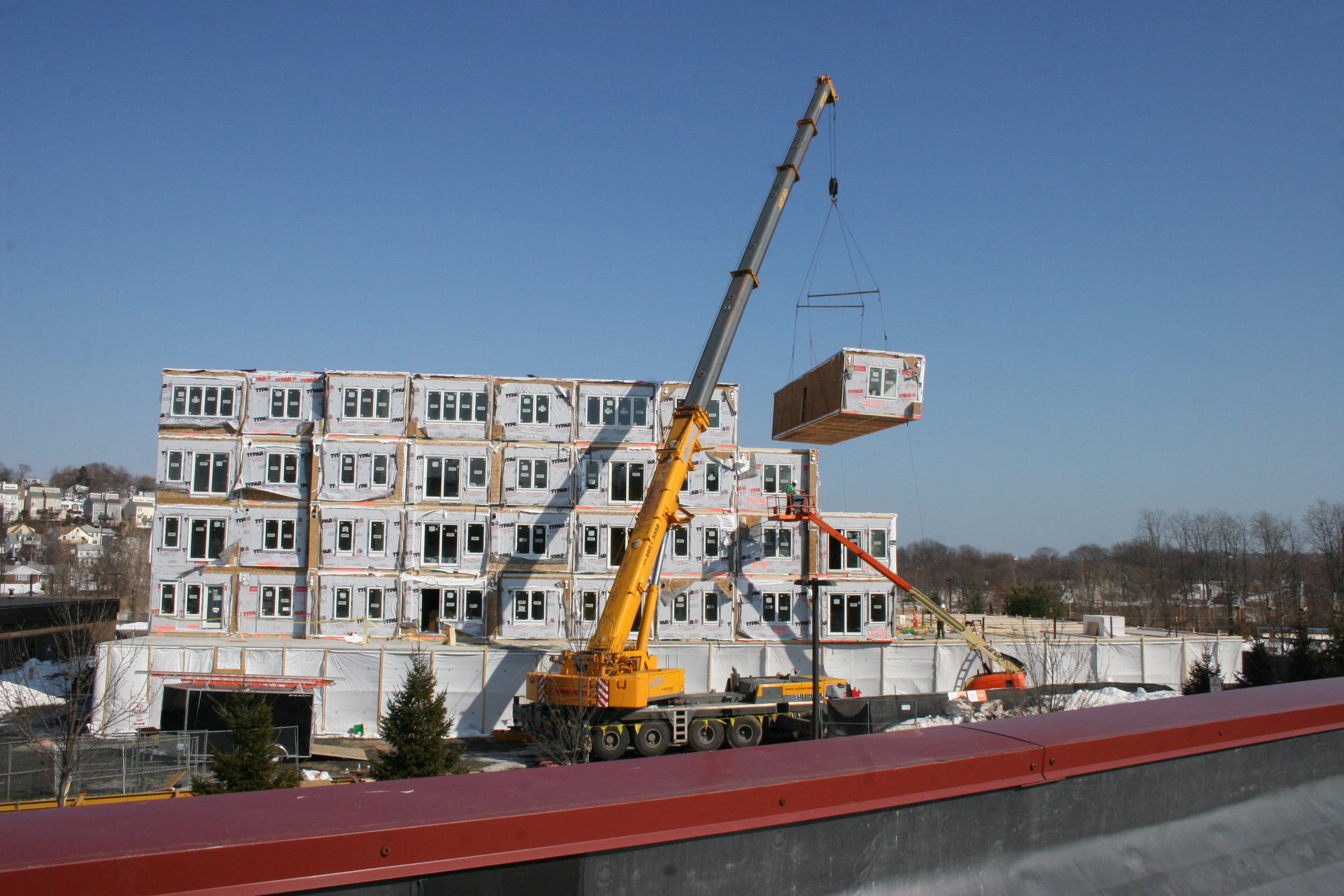
This week we sat down with Angelo Syrniotis, Tocci’s Project Manager for The Graphic in Charlestown.
Owen Huisenga, VDC Manager: The Graphic will uses modular construction, and we asked how do we prepare differently for a modular project vs. a conventional project?
NOTE: this is a more technical post, so those of you who have an architecture, engineering, or construction background will find it fascinating. Everyone else will find it…slightly less fascinating.
11 Differences: Planning for Modular v. Conventional Construction
- Modular forces a highly collaborative process between all team members (client, architect, CM/GC, modular builder, civil, structural, & MEP engineers) very early in project design and preconstruction.
2. Early buyout of MEP trade partners is needed so they can participate in and facilitate MEP coordination with the full team.
3. Intensive MEP/FP coordination up front is required due to all box-to-box connections that must line up perfectly during erection, such as plumbing stacks (waste + vent), HVAC exhaust/vent pipes, and gas pipes. The coordination of MEP systems’ stubbing out locations is not only necessary to tie the modular mechanical systems into the main distribution lines in the corridor, but also helps to maximize the efficiency of onsite field labor.
4. The team must carefully plan and design how mechanical distribution systems will run in the corridors to ensure everything fits, to maximize corridor ceiling space, and to maintain design aesthetics.
5. We deal with extremely tight tolerances – there is virtually no margin for error where these systems line up when erected, where boxes connect to one another and where boxes rest on sill plates on top of the podium level concrete deck.
6. Safety: since construction takes place indoors in a controlled working environment, builders do not have to worry about the elements, are less distracted by the work being done around them, and are more focused on the task in front of them. In addition they perform most work at table-height, reducing injuries due to bending and lifting, and falls.
7. CMs must identify construction work and components that will come pre-installed from the modular builder versus equipment or finish components that will be provided and/or installed by trade contractors in the field .
8. The team needs to carefully coordinate a site logistics plan – things to take into account:
- Best truck routes (wide loads) and delivery times (police detail) into and exiting the site
- Staging area for modular boxes: laydown area where boxes will need to be stripped of plastic weather wrap and prepped for placement just prior to erection
- Pick/crane locations: where the crane location and modular box location (to be picked during erection set)
9. It is very important to ensure boxes are weather tight and protected from elements at the end of each days erection set
10. There is a separate/additional set of approvals in the permitting process:
- Construction documents along with structural calculations are submitted to the modular company’s third-party reviewing agent who determines if package is sufficient to pass on to Mass BBRS (Board of Building Regulations & Standards)
- BBRS has a 30-day period to review and approve package before they recommend an approval for construction and issuance of the project’s building permit
11. Key critical path and milestone activities in schedule:
The team needs to finalize drawings/design of the modular units in time to go through the permitting process described above, and to get modular boxes produced. (There is a 4-month shop drawing duration + 4-month fabrication time)
- Last, foundations and first-floor podium level steel & concrete deck must be ready in time to accept modular boxes and start erection
Now you know how to set up a modular construction project. Don’t try this at home. Call us, and let us try it in your home.
